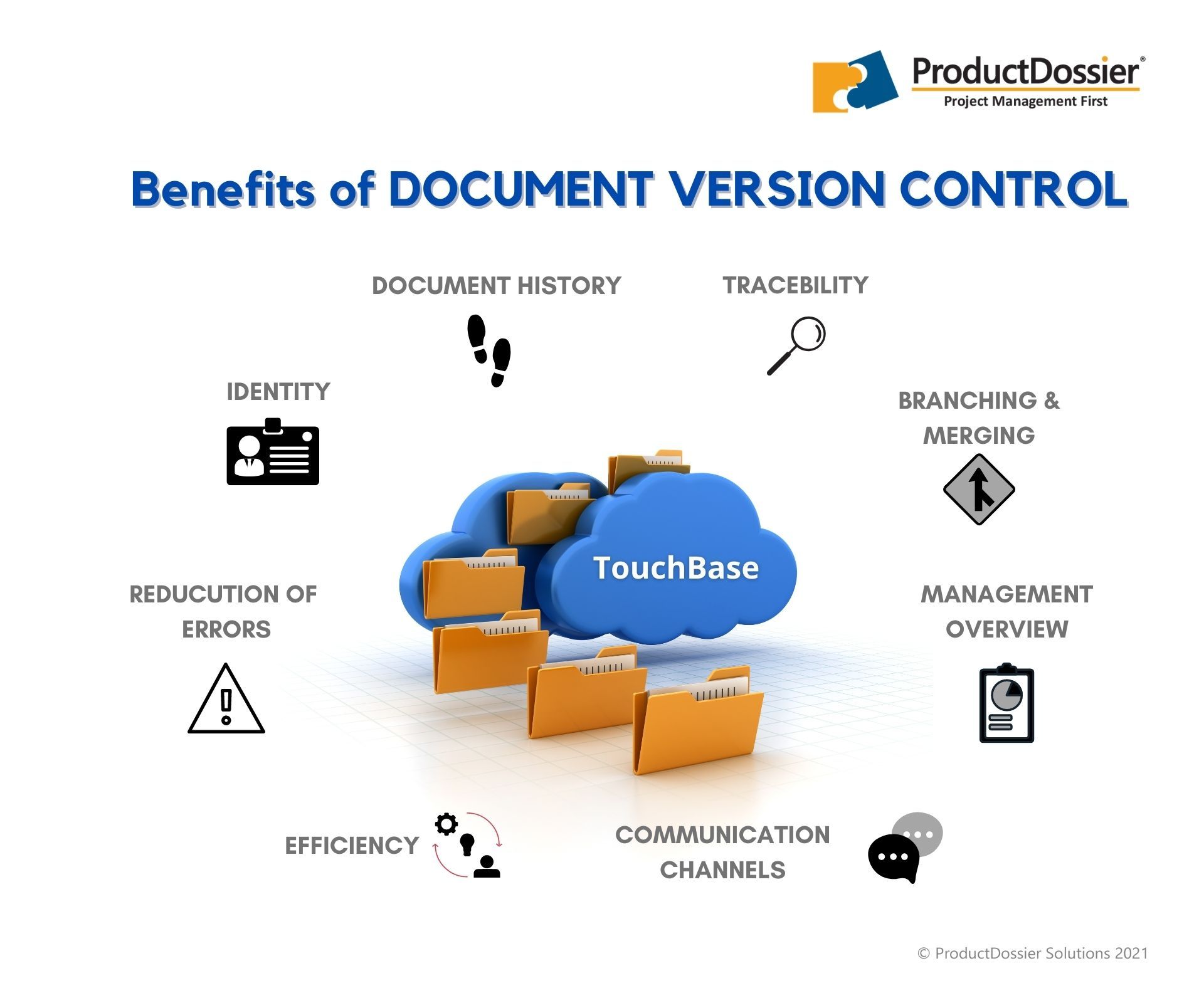From Chaos to Clarity: My Story of Taming Documents with ERP Version Control
(H1: The main title, incorporating primary keywords)
I remember a time, not so long ago, when our office felt like a digital jungle. Every important document – from client contracts and product specifications to financial reports and HR policies – had multiple "final" versions. You know the drill: project_plan_v1.docx, then project_plan_final.docx, followed by project_plan_final_v2.docx, and the dreaded project_plan_REALLY_FINAL_approved.docx. My heart would sink every time I had to find something critical, because the truth was, nobody was ever quite sure which version was the right version.
It was a nightmare for collaboration. Imagine a team working on a new product design. One engineer might be using an outdated spec sheet, while another was incorporating changes that hadn’t been approved yet. We’d send out an invoice based on an old price list, or worse, use an outdated safety protocol. The errors were costing us time, money, and frankly, a lot of headaches and awkward apologies. Our data integrity was constantly at risk, and the thought of an audit filled me with dread.
This wasn’t just a minor inconvenience; it was a fundamental roadblock to our growth and efficiency. We were drowning in a sea of unmanaged information. We needed a lifeline, a way to bring order to the chaos. And that’s when we discovered the transformative power of ERP Document Version Control.
(H2: Setting the stage – the problem and the promise)
The "Aha!" Moment: Realizing Our ERP Could Be More Than Just Numbers
We already had an Enterprise Resource Planning (ERP) system in place. For us, it was mostly about managing finances, inventory, and sales orders. It was a powerful tool, no doubt, but we weren’t leveraging its full potential. One day, during a particularly frustrating meeting about a misplaced contract amendment, our IT manager (bless his patient soul) brought up the idea of integrating our document management directly into the ERP, specifically focusing on its version control capabilities.
At first, I was skeptical. Our ERP was for data, not documents, right? But as he explained it, a lightbulb went off. Our documents are data. Critical, dynamic, and constantly evolving data that needed the same level of precision and management as our inventory counts or financial ledgers. This wasn’t just about storing files; it was about managing the lifecycle of our most valuable information.
(H2: Explaining the core concept in simple terms)
So, What Exactly Is ERP Document Version Control? (And Why You Need It!)
In simple terms, ERP Document Version Control is a feature within your ERP system that manages changes to documents over time. Think of it like a super-smart, incredibly meticulous librarian for all your digital files. It doesn’t just store documents; it tracks every single modification, keeps a complete history, and ensures that everyone is always working on – and referring to – the correct, most up-to-date version.
It’s about establishing a single source of truth for every piece of information in your organization. No more guessing, no more searching endlessly, no more "is this the latest one?" emails.
(H3: Breaking down the core functionalities and benefits)
1. The Centralized Repository: Everything in One Digital Home
Before, documents were scattered across shared drives, individual desktops, and various cloud storage solutions. Now, with ERP document management, everything lives in one secure, accessible place. Whether it’s a purchase order, a quality control checklist, or an HR onboarding packet, it’s all there, linked directly to the relevant business processes within the ERP. This drastically improves document traceability and access.
2. Automatic Version Tracking: No More Manual Naming Games
This was perhaps the biggest sigh of relief. Every time a document is edited and saved, the ERP automatically creates a new version. It’s like taking a snapshot in time. Each version is clearly numbered (e.g., v1.0, v1.1, v2.0) and timestamped. This eliminates the need for those ridiculous _final_final_ file names. You instantly know which document is the latest and greatest.
3. Detailed Version History & Audit Trails: Who, What, When, Why
This is where the real power lies for compliance and accountability. For every version, the system records:
- Who made the changes.
- What changes were made (often with comparison tools to highlight differences).
- When the changes occurred.
- Often, there’s a field for Why the changes were made, capturing crucial context.
This detailed audit trail is a lifesaver. If there’s ever a question about a decision or a particular piece of information, you can instantly trace its entire history. This is invaluable for regulatory compliance (think ISO, GDPR, financial audits) and internal accountability. It provides undeniable proof of intent and action.

